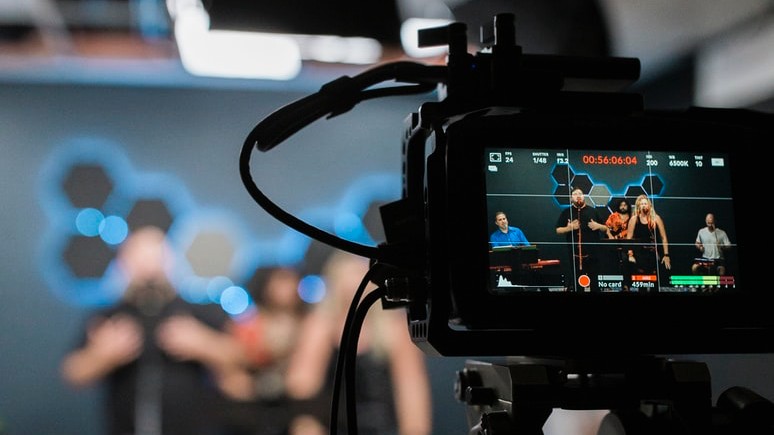
The emergence of live broadcasts to sell products has brought live broadcasts to a new height. According to CNNIC's statistical survey data, as of June 2021, the number of online live broadcast users in China exceeded 630 million, with a penetration rate of 63.1%. It is not limited to activities for B2C customers for marketing purposes, but also includes corporate live broadcasts for B2B customers. Due to the real-time and interactive characteristics of live broadcast, it can largely solve the problems of geographical constraints and also timeliness issues in the transmission of information as compared to recorded videos and graphics in multiple scenarios. Therefore, more enterprises choose to use live broadcasts to perform recruitment, marketing, training, etc.. In addition to that, a relatively stable demand for online recruitment, digital exhibitions, etc. has been generated post pandemic, and enterprises are also paying more attention to the quality of live broadcasts such as stability and functional features.
From the perspective of enterprises, live broadcasting can meet the needs of internal communication of enterprises which integrate into daily management and operations at all levels. Besides, live broadcasting can also be used as a means for external marketing and brand building of enterprises which form the foundation of the digital presence of enterprises. Enterprises will generate large-scale and multi-faceted data in the process of live broadcast, which means that a variety of operating objects will be involved in the live broadcast. Thus, quality live broadcasting to achieve business needs is a necessity now.
How to choose a quality live broadcast’s service provider?
A quality live broadcast = Product X 30% + Service X 30% + Technical X 30% + Brand X 10%First of all, the product accounts for 30%, this is used to evaluate the comprehensiveness of the quality live broadcast service provider's products. At this level, the business scale, actual needs of business, and development stage of the enterprise and the product is very important. Secondly, the service accounts for 30%, which is used to evaluate the service capability, consider whether it can assist enterprise planning from a global perspective, and promote all aspects of live broadcast from a micro perspective. The technical dimension accounts for 30%. It mainly evaluates the quality of live broadcasts from the technical level, focusing on the stability, fluency, concurrency and the use of cutting-edge technologies. The brand dimension represents the degree of recognition of service providers in the market which accounted for 10%. Enterprises should comprehensively consider these four dimensions accordingly, and make selections based on actual business needs.
In conclusion, quality live broadcast is a communication medium in this era. Thus, service providers need to keep up to date, continuously innovate and optimize industry solutions. In addition to considering existing needs, corporate customers should view the characteristics of live broadcast as a media window and the potential for greater value-added creation.



